dr William Graham Claytor VI
Katedra Epigrafiki i Papirologii
e-mail:
w.claytor-vi@uw.edu.pl
zainteresowania naukowe:
– papirologia
– Egipt grecko-rzymski
bibliografia:
William Graham Claytor VI.pdf
dr William Graham Claytor VI
Katedra Epigrafiki i Papirologii
e-mail:
w.claytor-vi@uw.edu.pl
zainteresowania naukowe:
– papirologia
– Egipt grecko-rzymski
bibliografia:
William Graham Claytor VI.pdf
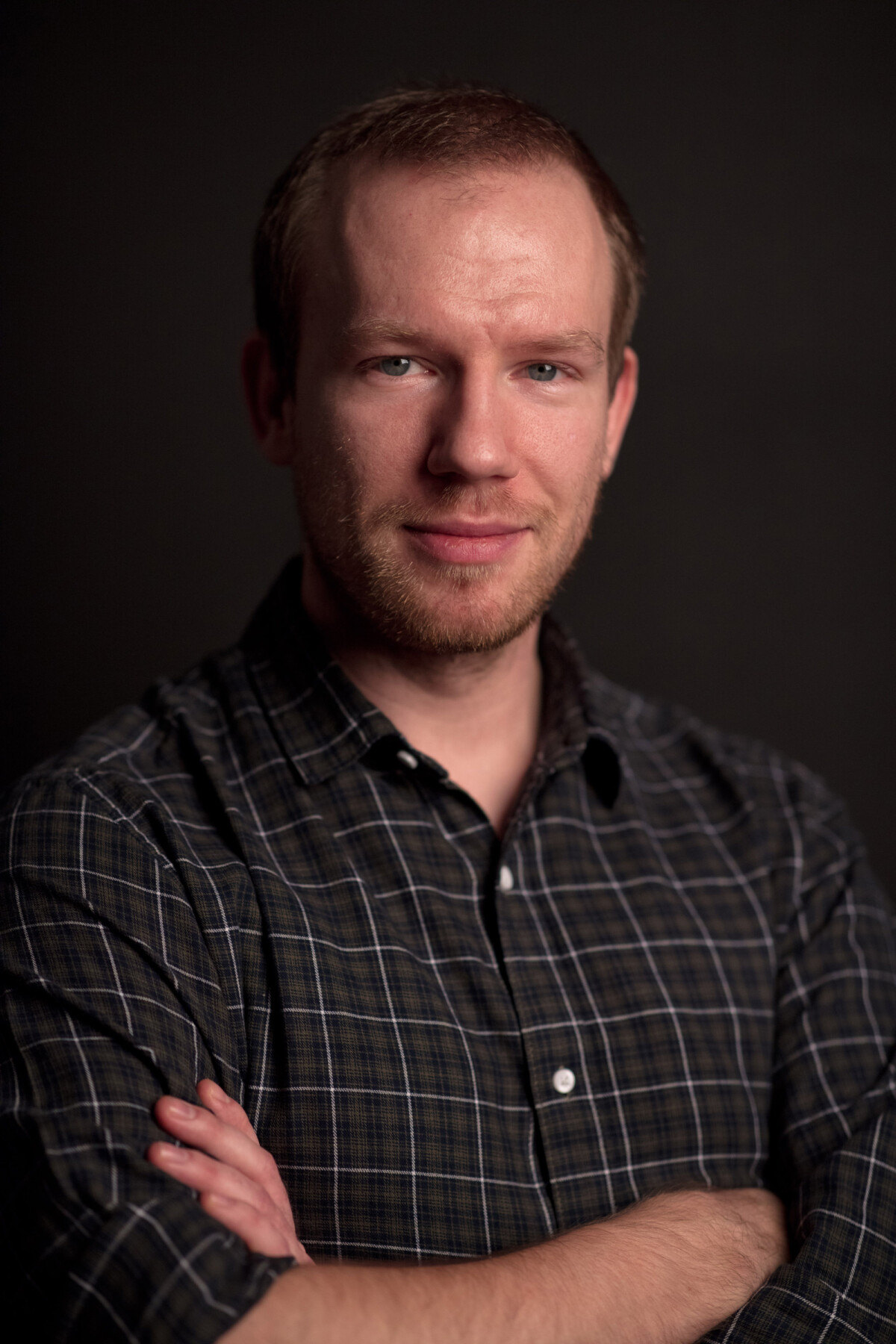
mgr Maciej Miścicki
Katedra Archeologii Średniowiecza i Nowożytności
Pracownia Konserwacji
e-mail:
mmiscicki@uw.edu.pl
telefon:
+48 22 55 22 821
dyżury:
środa 10.00–11.00, sala 031 lub 036, po wcześniejszym umówieniu
czwartek 12.00–13.00, sala 031 lub 036, po wcześniejszym umówieniu
zainteresowania naukowe:
– kultura materialna i wytwórczość rzemieślnicza w późnym średniowieczu i czasach nowożytnych, ze szczególnym uwzględnieniem wyrobów drewnianych, rogowniczych i metalowych
– archeologia miejska, stanowiska wielowarstwowe o złożonej stratygrafii
– specjalistyczne analizy zabytków drewnianych
– konserwacja zabytków archeologicznych – drewnianych i metalowych
realizowane projekty naukowe:
Beczki jako źródło do badań nad proweniencją wyrobów drewnianych z terenu państwa Zakonu Krzyżackiego. Techniki produkcji – analizy specjalistyczne – handel dalekosiężny (grant NCN Preludium 14), grant w realizacji.
bibliografia:
ResearcheGate
Academia.edu
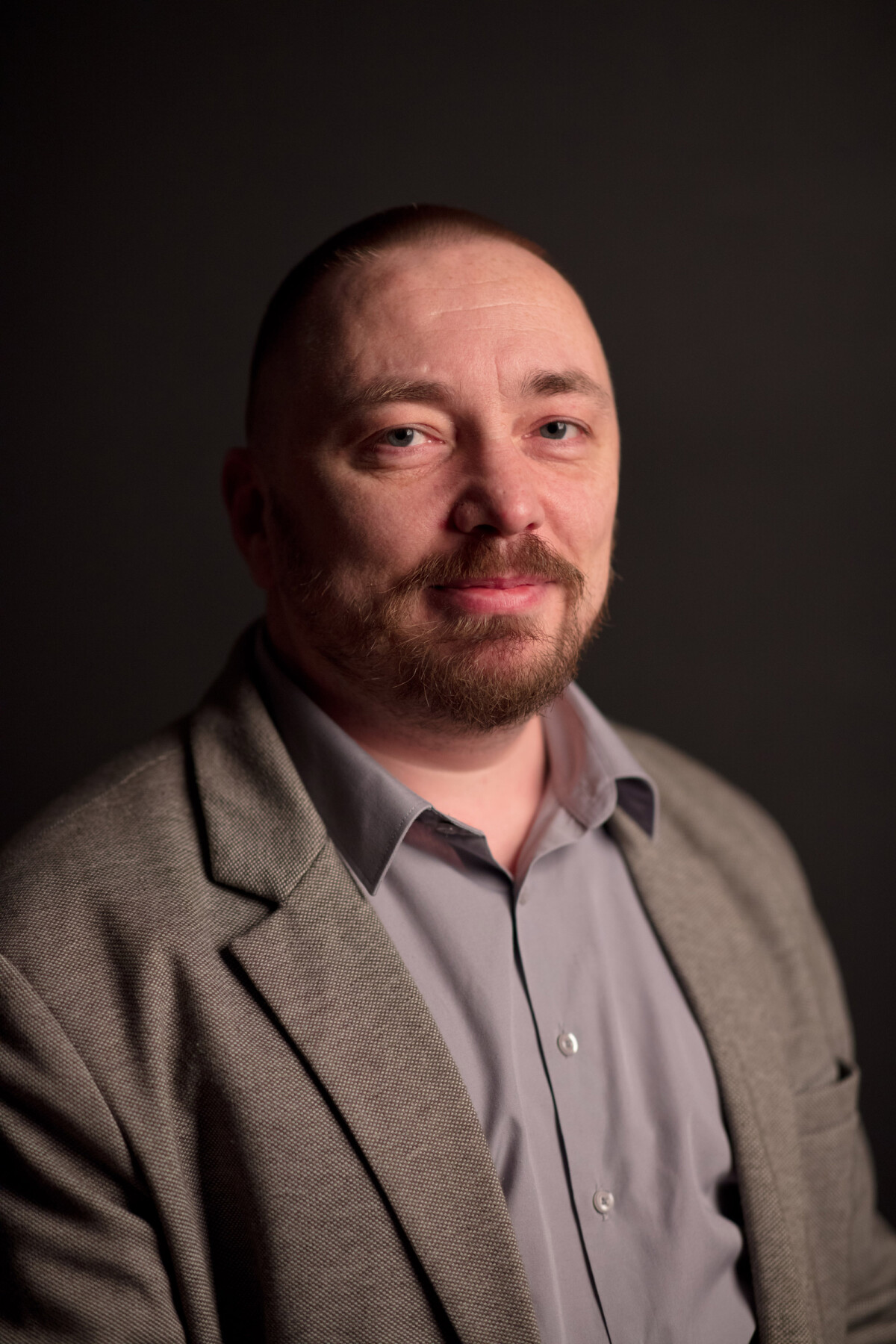
dr Mikalai Plavinski
Katedra Archeologii Średniowiecza i Nowożytności
Pracownia Archeologii Europy Wschodniej
e-mail:
m.plavinski@uw.edu.pl
telefon:
+48 22 55 22 821
dyżury:
środa 12.00–14.00, pokój 3.21
czwartek 12.00–14.00, pokój 3.21
zainteresowania naukowe:
Głównym obszarem badań jest archeologia ziemi połockiej, badanie słowiańskiego obrzędu pogrzebowego wczesnego średniowiecza, historia średniowiecznej broni wschodnioeuropejskiej.
wybrana bibliografia:
Mikalai_Plavinski.pdf
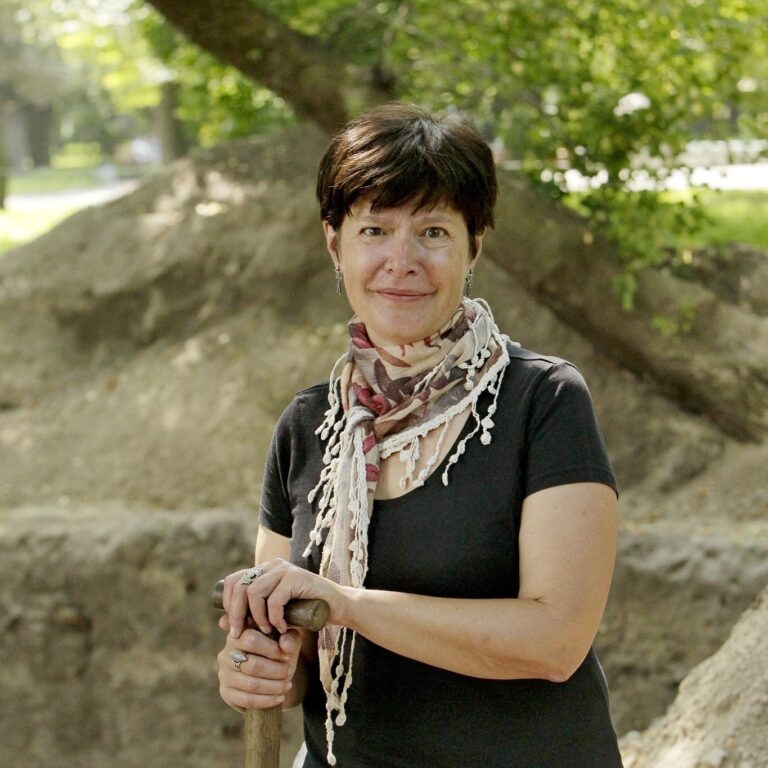
dr Olena Chernenko
Katedra Archeologii Średniowiecza i Nowożytności
Pracownia Archeologii Europy Wschodniej
e-mail:
o.chernenko@uw.edu.pl
telefon:
+48 22 55 22 821
dyżury:
środa 13.00–15.00, pokój 3.21
czwartek 13.00–15.00, pokój 3.21
zainteresowania naukowe:
– archeologia wczesnego średniowiecza, zwłaszcza archeologia ziem środkowej i północno-wschodniej Ukrainy
– archeologia architektury średniowiecznej
– archeologia miejska
– historia badań archeologicznych w Ukrainie.
bibliografia (wybrana):
monografie i monografie zbiorowe
Черненко, О.Є., 2007. Археологічна колекція Чернігівського історичного музею імені В.В. Тарновського (1896–1948 рр.). Чернігів (Chernenko, O.Ye. Archaeological collection of the Chernihiv Historical Museum named after V.V. Tarnowski (1896–1948), Chernihiv).
Черненко, O.Є., 2019. Пам’ятки монументальної архітектури Північного Лівобережжя України ХІ–ХІІІ ст. Чернігів (Monumental sights ХІ–ХІІІ of Northern Left Bank of Ukraine. Chernihiv, 2019).
Chernenko, O. 2022. Chernihiv in the tenth century. A Viking Century: Chernihiv area from 900 to 1000 AD, ed. by Stepan Stepanenko (Occasional Monographs. Hlib Ivakin memorial series 6), Paris: ACHCByz 2022, pp. 47–102.
wybrane artykuły
Сергеєва, М.С., Черненко, О.Є. 2016. Дерев’яні вироби з давньоруського Чернігова (матеріали розкопок 2006 р. на території Чернігівського дитинця). Археологія, 1, c. 32–42 (Sergyeyeva, M.S., Chernenko, О.Yе. 2016. Woodwork from Ancient Rus Chernihiv (Materials of Excavations on the Territory of Chernihiv Dytynets in 2006). Arheologia, 1, pp. 32–42).
Черненко, О.E., 2016. Чернигов и нашествие монголов в свете археологических исследований. Stratum Plus, 5, c. 83–97 (Chernenko, О.Yе., 2016. Chernigov and the invasion of the Mongols in the context of archaeological investigation, Stratum Plus, 5, pp. 83–97).
Черненко, O.Є., Кравченко, Р.А, Горбаненко, С.А., Горобець, Л.В., Ковальчук, О.М., Сенюк, О.Г., Сергеєва, М.С., 2017. Свердловське-1: біогосподарська діяльність мешканців роменського городища на Чернігівщині. Археологія і давня історія України, 1 (22), c. 266–301 (Chernenko, O.Ye., Kravchenko, R.A., Gorbanenko, S.A., Gorobecz, L.V., Kovalchuk, O.M., Senyuk, O.G., Sergyeyeva, M.S., 2017. Sverdlovske-1: bio-economic Activity of Inhabitants of the Romny Culture Hill-fort in Chernihiv Region (Ukraine). Archaeology and Early History of Ukraine, 1 (22), pp. 266–301).
Черненко, O., 2021. Археологізовані сліди орних знарядь на території стародавнього Чернігова. Археологія і давня історія України, 1 (38) c., 33–43. (Chernenko, O. 2021. Buried furrows of medieval arable implements in Chernihiv. Archaeology and Early History of Ukraine,1 (38), pp. 33–43).
Черненко, О., 2021. Східний імпорт золотоординського часу з розкопок Чернігова. Сходознавство, 87, с. 95–112 (Chernenko, О. Items of Oriental Import fгom archaeological Excavations in Chernihiv Golden Horde’s Time, The Oriental Studies, 2021, 87, pp. 95–112).
wydania popularne
Черненко О. 2021. Історія цивілізації. Україна, 2. Від Русі до Галицького князівства (900-1256). Харків. (Chernenko, O. History of civilization. Ukraine, 2. From Russia to the Galician principality (900-1256). Кharkiv).
podręczniki akademickie
Черненко, О. Монументальна архітектура Чернігівщини XVII–XVIII ст. Чернігів, 2018 (Chernenko, О. Monumental architecture of Chernihiv region of the XVII–XVIII centuries. Chernihiv, 2018).
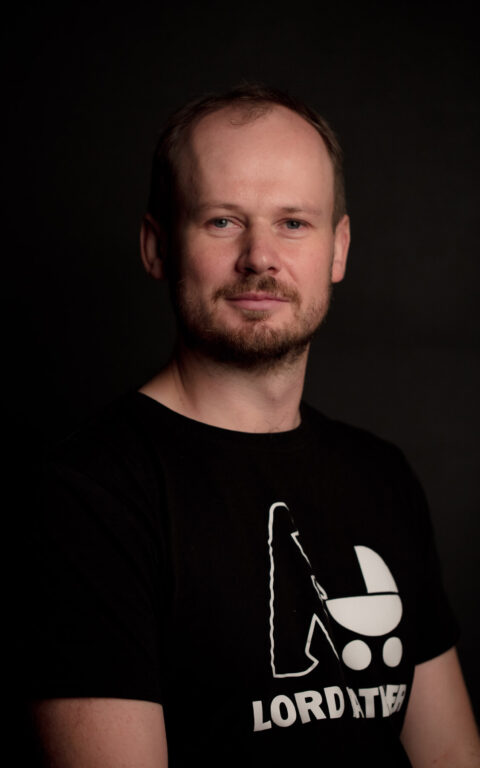
mgr Marek Truszkowski
Pracownia Archeologii Nieinwazyjnej i Cyfrowej
e-mail:
marektruszkowski@uw.edu.pl
numer pokoju:
3.13
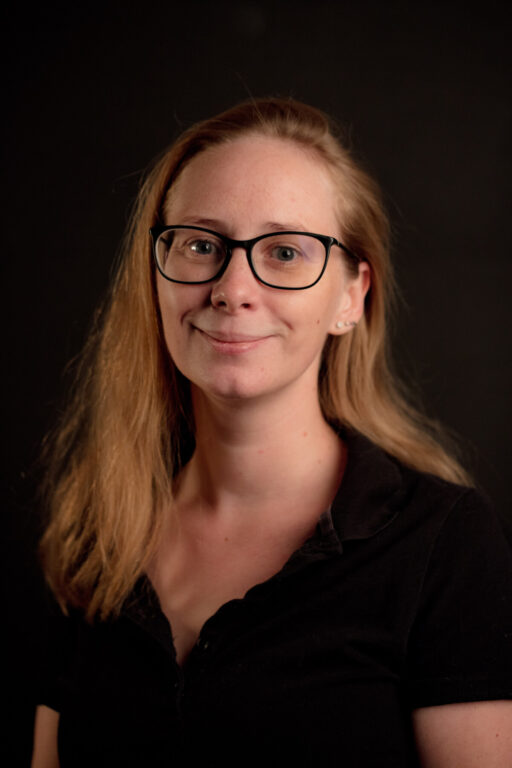
dr Julia M. Chyla
Katedra Archeologii Ameryk
Pracownia Archeologii Nieinwazyjnej i Cyfrowej
e-mail:
j.chyla@uw.edu.pl
telefon:
+48 (22) 55 22 823
dyżur:
wtorek 11.30–13.15, pokój 3.23
Dyżury mogą odbywać się zdalnie, poprzez platformę Google Meets.
Proszę o wcześniejsze zgłoszenie się drogą mailową.
zainteresowania naukowe:
Dr Julia M. Chyla jest specjalistką z zakresie systemu GIS i jego wykorzystania w archeologii. Swoje umiejętności wykorzystuje na stanowiskach rozsianych po wielu kontynentach, m.in. w Egipcie, Tunezji i Peru. Zajmuje się również redakcją portalu archeowiesci.pl
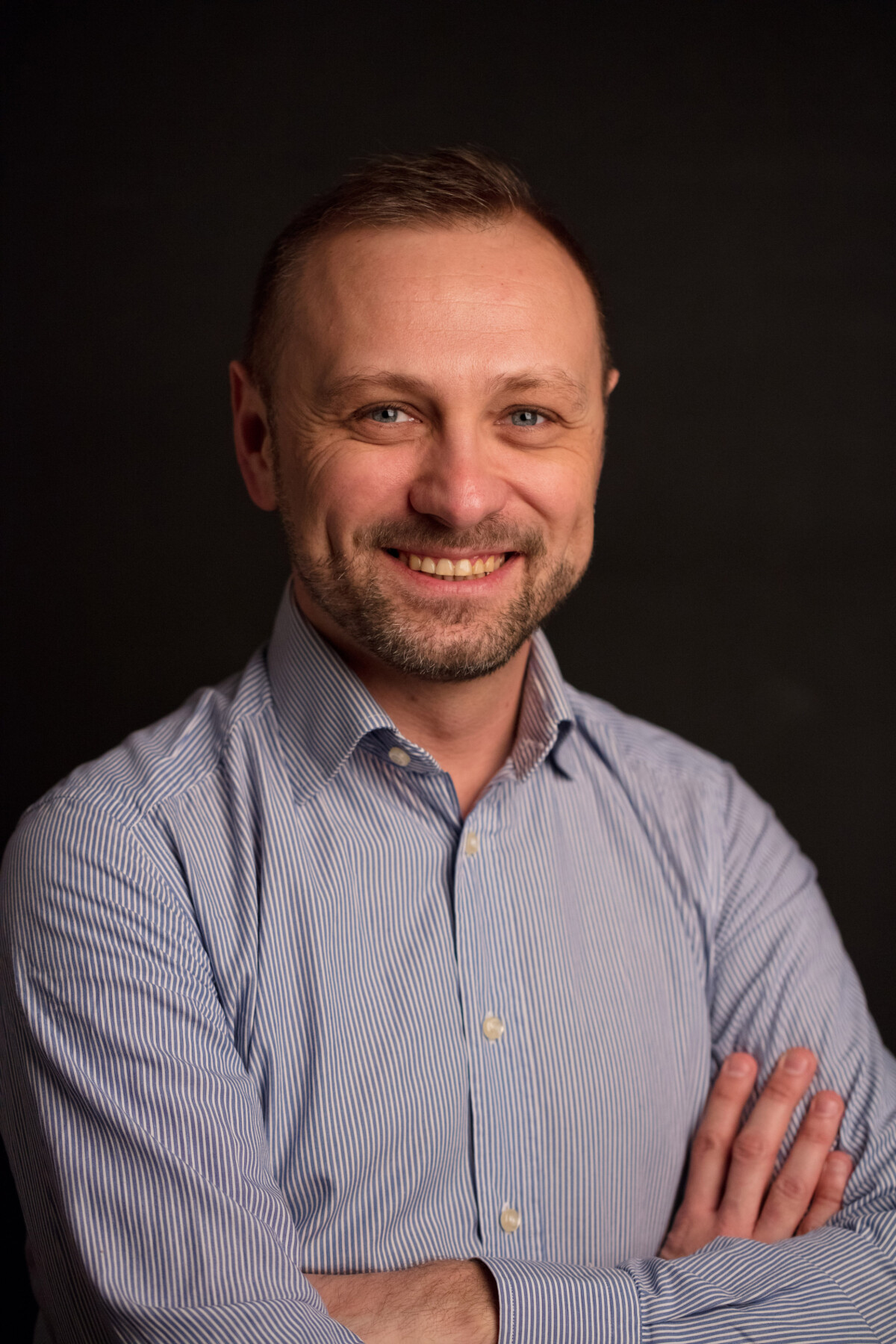
dr hab. Kyrylo Myzgin
Katedra Numizmatyki i Muzealnictwa
Pracownia Archeologii Europy Wschodniej
telefon:
+48 22 55 22 827
e-mail:
k.myzgin@uw.edu.pl
dyżur:
piątek 13:30–15:30, pokój 3.27 lub online
zainteresowania naukowe:
– numizmatyka antyczna
– archeologia okresu późnorzymskiego i Wędrówek Ludów
bibliografia:
wybrana bibliografia
dr Szymon Jellonek
Katedra Numizmatyki i Muzealnictwa
Pracownia Archeologii Nieinwazyjnej i Cyfrowej
telefon:
+48 22 55 22 827
e-mail:
s.jellonek@uw.edu.pl
dyżury:
czwartek 11.00–13.00, pokój 3.27 lub online
zainteresowania badawcze:
– mennictwo bizantyńskie
– rzymskie mennictwo prowincjonalne
– romanizacja
– rzymska kolonizacja
bibliografia:
bibliografia
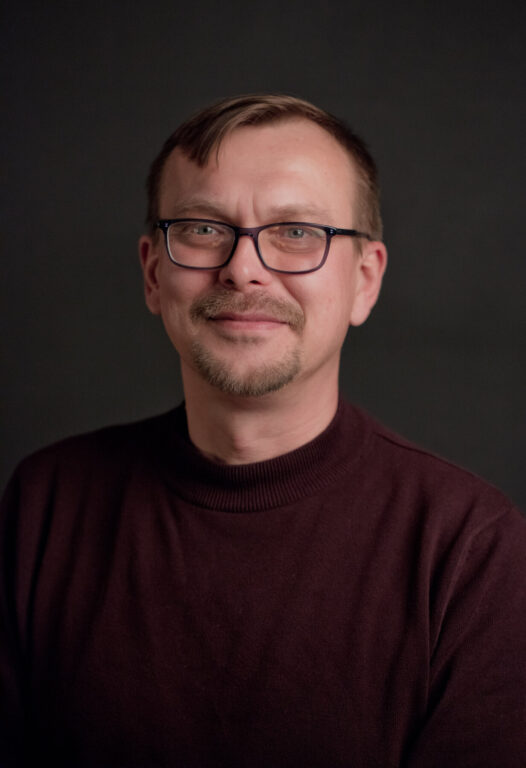
dr Ireneusz Jakubczyk
Katedra Numizmatyki i Muzealnictwa
telefon:
+48 22 55 22 827
dyżury:
środa 11.00-13.00, pokój 3.27
czwartek 9.00-11.00, pokój 3.27
zainteresowania naukowe:
– archeologia okresu wpływów rzymskich
– kultura wielbarska i przeworska
– kontakty ludów barbarzyńskich z Cesarstwem Rzymskim
– muzealnictwo, konserwatorstwo, metody edukacji
przebieg kariery zawodowej:
2003–2008 studia magisterskie na Wydziale Filozoficzno – Historycznym Uniwersytetu Łódzkiego, zakończone pracą magisterską „Nożyce w kulturze przeworskiej”, napisanej pod kierunkiem prof. dr hab. Magdaleny Mączyńskiej.
2008–2013 studia magisterskie na Wydziale Filozoficzno – Historycznym Uniwersytetu Łódzkiego, zakończone obroną pracy doktorskiej ,,Zapinki grupy VI według klasyfikacji Oscara Almgrena w kulturze przeworskiej”, promotor prof. dr hab. Magdalena Mączyńska.
2014–2017 adiunkt naukowy w Instytucie Archeologii Uniwersytetu Warszawskiego w ramach projektu „Importy rzymskie w Polsce środkowej”, finansowanego ze środków Narodowego Centrum Nauki FUGA 3 (w ramach stażu podoktorskiego).
2020 asystent zatrudniony w Instytucie Archeologii Uniwersytetu Warszawskiego
ukończone projekty naukowe:
2008–2012 wykonawca w projekcie ,,Das frühmittelalterliche Gräberfeld Almalyk-Dere am Fuße des Mangup auf der Südwestkrim“ „- realizowany przez Römisch-Germanisches Zentralmuseum in Mainz
finansowane przez Narodowe Centrum Nauki:
2008–2010 wykonawca w projekcie ,,Opatów, powiat Kłobuck – Osada z późnego okresu rzymskiego” zrealizowany w Instytucie Archeologii Uniwersytetu Łódzkiego.
2011–2013 grant promotorski ,,Zapinki VI grupy według klasyfikacji O. Almgrena w kulturze przeworskiej” zrealizowany w Instytucie Archeologii Uniwersytetu Łódzkiego.
2011 – 2014 wykonawca w projekcie ,,Studia nad cmentarzyskami ze środkowoeuropejskiego Barbaricum, zrealizowany w Państwowym Muzeum Archeologicznym w Warszawie.
2014–2017 kierownik projektu ,,Importy prowincjonalnorzymskie w Polsce środkowej”, zrealizowany w Instytucie Archeologii Uniwersytetu Warszawskiego.
2017–2022 wykonawca w projekcie „Na rubieżach Syrakuz. Multidyscyplinarne studia nad starożytnym ośrodkiem Akrai/Acrae, południowo-wschodnia Sycylia, Włochy”.
finansowane przez MNISW:
2018–2020 wykonawca w projekcie „Baza wykopaliskowa Instytutu Archeologii Uniwersytetu Warszawskiego w Palazzolo Acreide, Sycylia, Włochy”.
2020–2022 wykonawca w projekcie „Baza wykopaliskowa Instytutu Archeologii Uniwersytetu Warszawskiego w Palazzolo Acreide, Sycylia, Włochy”.
2021 kierownik projektu „Babi Dół-Borcz. Cmentarzysko kultury wielbarskiej z kręgami kamiennymi i kurhanami na Pomorzu – monograficzna publikacja”.
bibliografia:
Bibliografia.
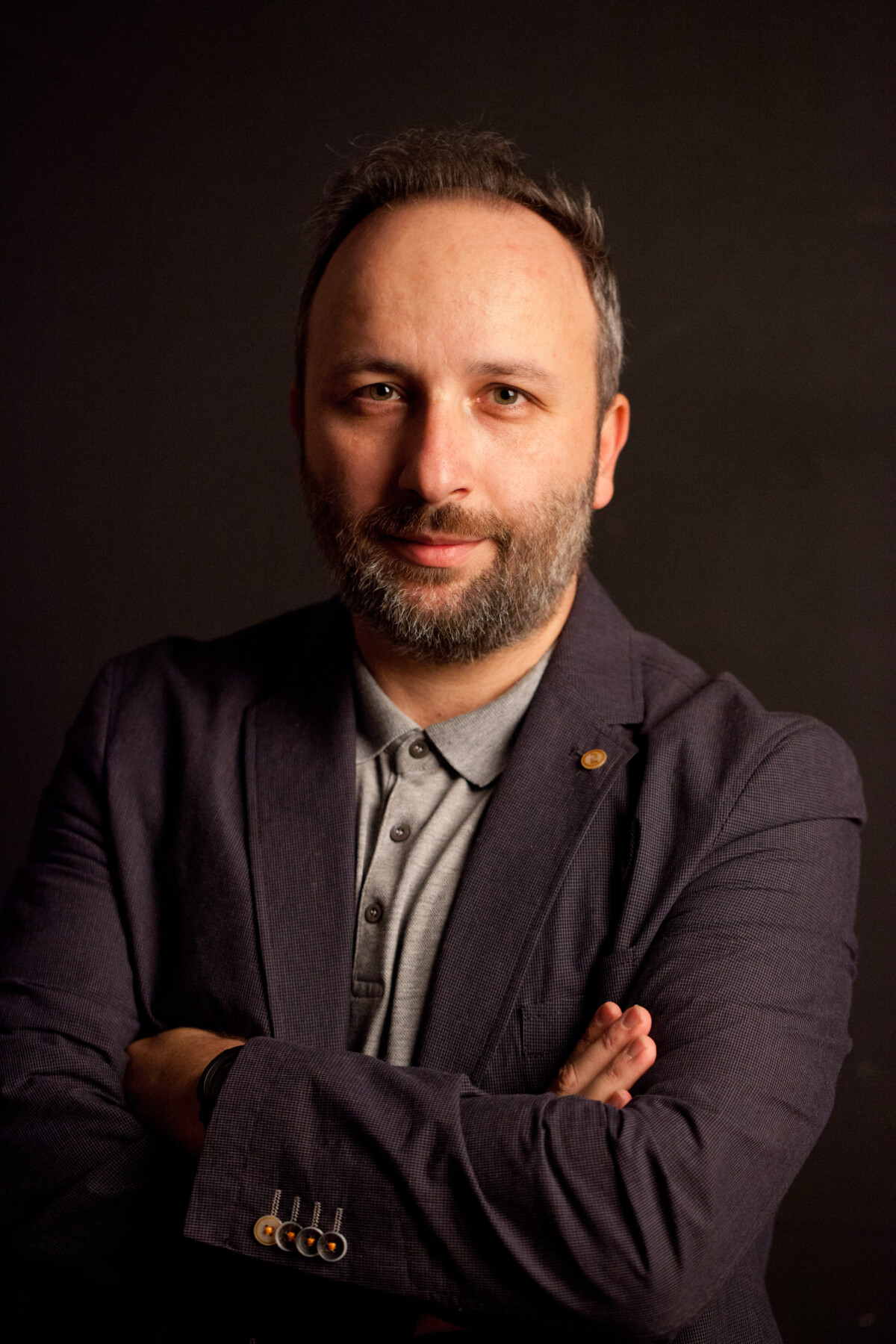
dr Konstantinos Balamosev
Katedra Epigrafiki i Papirologii
e-mail:
c.balamoshev@uw.edu.pl
dyżury:
wtorek 12.00–14.00, pokój 204, WPiA, Biblioteka Papirologii, Prawa Rzymskiego i Antycznego
zainteresowania naukowe:
– papirologia
– nowoczesne metody i rozwiązania w dziedzinie papirologii
– Egipt grecko-rzymski i bizantyński
– epigrafika grecka
– język grecki i jego ewolucja
działalność naukowa:
2021 – Członek zespołu badawczego analizującego i edytującego papirusy z tzw. Archiwum Dioskorosa z Aphrodito w ramach projektu OPUS NCN (2019/35/B/HS3/02301) „Prawo w sieciach społecznościowych późnoantycznego Aphrodito” kierowanego przez prof. Marię Nowak (WPiA).
2019–2021 – Adiunkt badawczy w Instytucie Historii Prawa, Katedra Prawa Rzymskiego i Antycznego WPiA, w projekcie pt. „Jak stosować prawo. Praktyczny przewodnik dla rzymskiego sędziego (studium przypadku P. Oxy. II 237 i innych papirologicznych świadectw pluralizmu prawnego w Egipcie)”, realizowanym w ramach konkursu OPUS NCN (2017/27/B/HS3/01350), pod kierownictwem prof. Jakuba Urbanika.
2014–2018 – Kierownik projektu NCN Preludium 5, 2013/09/N/HS3/02383, “Bizantyńska epistolografia widziana przez pryzmat niepublikowanych listów z wiedeńskiej kolekcji papirusów (IV-VII w.) – współpraca z Austriacką Biblioteką Narodową w Wiedniu.”
2010–2015 – Pracownik naukowy – współautor (współpraca z prof. T. Derdą) w projekcie NCN (N N108 189438): ‘Papyri Graecae Vratislavienses. An edition of Greek papyri from the collection of the University of Wrocław’.
2008 – Członek zespołu badawczo-tłumaczeniowego w projekcie „Digital Lexicography” Uniwersytetu Ateńskiego, Wydział Filologii, z głównym zadaniem tłumaczenia, konfiguracji i wzbogacania słownika grecko-łacińskiego. Badanie i analiza łacińskich lematów. Opiekun naukowy: prof. Maria Kikilia.
bibliografia:
Academia.edu
PDF